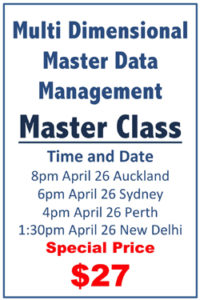Click here to view this post as a video.
How is this? The first reason for this is that, because Assets represent such a significant financial investment for an enterprise, knowing what they are, where they are and their condition is essential from both a financial and governance viewpoint.
The second is that, because many Assets play a key role in the production of products or the delivery of services, their location, specification and condition, can have a direct and significant impact on costs, profits, quality, compliance, etc.
So, forgetting about Asset in MDM is decreasing control and increasing risk.
So What Do We Need to Know?
What Is It?
There are some fundamental things that you need to know about assets if you’re going to manage them properly.
The first of these is, “What is it?” This seems basic but, in many organisations, it’s often unclear and undocumented. Assets are not properly listed and, if they are, the are listed in a separate, often primitive, Asset Register system, which is not connected in any way with production systems or operational systems.
Where Is It?
Next, once you know what the Asset is, you then need to know where it is. The Asset might be a plane, a train or a truck. You need to know precisely where it is. For this reason, asset is always inextricably linked to the other Master Entity, Location.
What Does it Do?
You then need to know what the asset is meant to do. Sometimes, the answer to this is quite obvious, for example, if it’s a truck in a quarry. But what if it’s a pump on a petrochemical plant. What does it do? What role does it play? Is it involved in part of the production of some product or is it there for safety purposes?
What Is Its Condition?
You’ll also need to know it’s condition. This is vital, because a bad condition could represent a significant risk to the enterprise. If its condition is not good then it might break down, or it could represent a safety hazard, or it could be that if it breaks down, it could bring the whole production process to a halt.
Are There any Laws Relating to the Asset?
Now, for many assets, there are laws governing their condition and operation. These might be local health and safety laws, national or even international laws. You’ll need to know what these are because violation of these laws might represent a significant risk to the enterprise, for example, place it open to a large fine or, worse, have it shut down.
But even if its condition does not expose the enterprise to legal action, it could still have a significant effect on the enterprise profitability. For example, if the condition of the asset means that the enterprise violates hygiene standards, then any product the enterprise produces using it, would not be saleable, resulting in major financial losses.
Who Owns It?
Another question you need be able to answer is, who owns it? Does the enterprise own the asset, or does it belong to somebody else? It could be an asset that you’re hiring in. If so, who’s responsible for its condition, and it’s operation. Again, it is vital to know these things.
MDM Master Class
In my upcoming Master Data Management Master Class on the 25th and 26th of this month, I’m going to cover Asset in greater detail and tell you how you can model it, so that you answer these questions, but also, and probably more important, so you know how you talk to the business about the real business benefits of including asset in your MDM activities.
Below you’ll see information on the two sessions that I’m running on 25th 26th of this month. I’d love to see you at either one. Simply, click on this link and book the session that suits you.
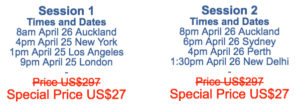
Also, if you do enrol, I am offering a special gift to the people enrol on in this Master Class, worth US$89, in the form of a discount off my four-module Multi-Dimensional Master Data Management online course, which covers the entities of Party, Product, Location and Asset in great detail. Everybody who has used these courses loves them. They are very, very powerful.
Share The LOVE
If you enjoyed this article, then please share it with a colleague or friend or leave a COMMENT below. I would love to hear from you.


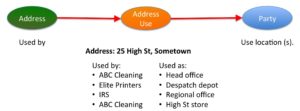
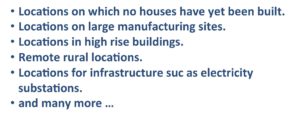
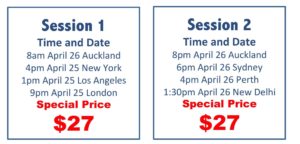
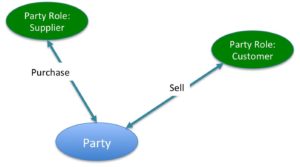
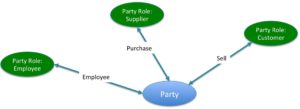
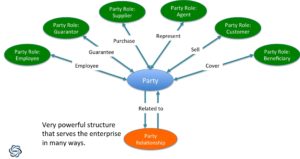
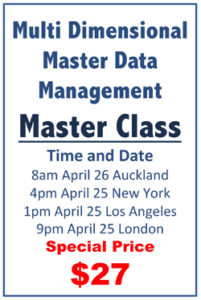 Master Data Management that I will be running on April 26 2017.
Master Data Management that I will be running on April 26 2017.